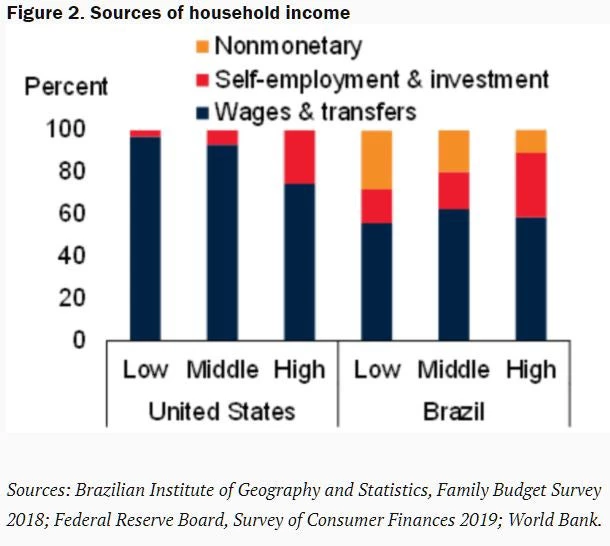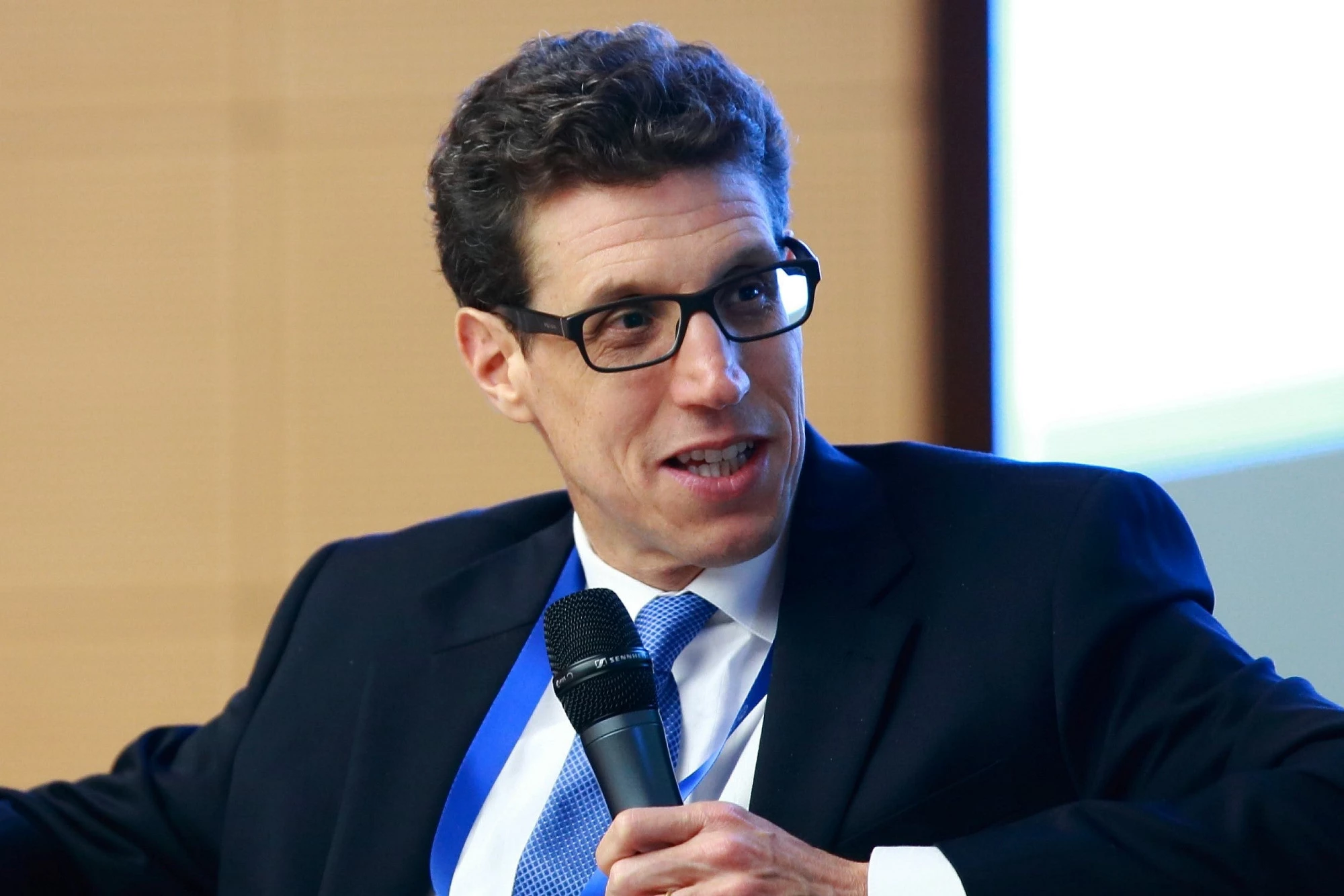Many economists have argued that emerging economies were “resilient” to the global crisis of 2008-09. However, they are often not very precise about what they mean by resilience. In a recent paper (Didier, Hevia, and Schmukler, 2011), we dig deeper on how emerging countries fared during the global crisis and to what extent they were indeed resilient.
In the paper, we show that while growth in emerging economies did not go to negative terrain during 2009, the collapses in GDP were similar to, or even larger than, those in advanced countries (Figures 1 and 2). The extent of the collapse was linked to that of the recovery – the more countries fell the more they recovered (Figure 3). However, there is significant heterogeneity among emerging economies, with Eastern Europe and Central Asia faring the worst. Low-income countries did relatively better, probably due to their lower degree of trade and financial openness (Figure 4). One piece of good news from the crisis is that merging economies recovered well, growing sooner at an even higher rate than before the crisis. Another innovation in emerging economies is that, as opposed to the past, they were able to use a larger set of policy tools.

Hopefully, this paper helps clarify part of the recurrent discussion on resilience of emerging economies to the global crisis. Unlike several estimates, it was difficult for emerging countries to decouple from the world economy at the same time that they were part of the global production system, used foreign funds to finance investments, and held assets abroad. Any significant collapse of the global demand and in the financial centers was likely to get transmitted to countries linked to them. Emerging economies fell in this category. This type of reaction was what the world experienced during the recent global crisis and is likely to experience if a similar shock materializes again in the future. The faster recovery of industrial production in emerging economies can be partly explained by a recomposition of inventories, which were initially depleted and needed restocking once it became obvious that the world economy would eventually stop its freefall.
Notwithstanding the collapse, emerging economies were indeed more resilient this time around, not so much relative to developed countries but, more importantly, relative to their own past. In other words, during the global crisis, emerging economies were able to become more similar to developed countries and did not magnify the external shock. While in the past, emerging economies would fall more than developed countries, with the financial system and the public sector amplifying the shock due to their weak stances, this time the two groups of countries fell similarly.
Furthermore, emerging economies were prepared and able to use a wide range of countercyclical policies, which might have helped soften the negative effects of the crisis. While these tools have been available to developed countries for a long time, emerging economies had to overcome their past history of procyclicality. The good stance of emerging economies before the global crisis and the policies implemented during it were likely reflected in the post-crisis performance.
To the extent that emerging economies continue their integration to global trade and global financial markets, they will face a trade off. Integration tends to be associated with higher growth and other positive spillover effects, but it also makes countries susceptible to foreign shocks and contagion effects. Nevertheless, as the world economy moves to a more “multi-polar world,” with several growth poles (such as, Brazil, China, Germany, India, and the U.S.) as engines of world growth, the risk of a synchronized collapse diminishes, assuming that the different growth poles are not perfectly correlated.
Being more open to foreign shocks, makes the lessons from the global crisis more telling. Emerging countries would probably try to keep improving their fundamentals, like strengthening their balance sheets. This seems to have helped during the global downturn and the incentives for emerging countries to continue doing so became more apparent. However, some of these policies entail pecuniary and opportunity costs, like the costs of hoarding reserves, those related to developing local currency and long-term debt markets, and those implied by a slowdown in the growth rate of credit and consumption. Moreover, the actions by some countries have some negative spillover effects on their peers. For example, by limiting foreign capital some countries might push capital to flow to other countries, exerting more pressure on their domestic currencies. As goods and capital continue flowing across nations, it seems important to think about a broader framework to understand the general equilibrium effects (within and across countries) of the policies adopted to deal with globalization. This might be an avenue for fruitful new research.





Join the Conversation